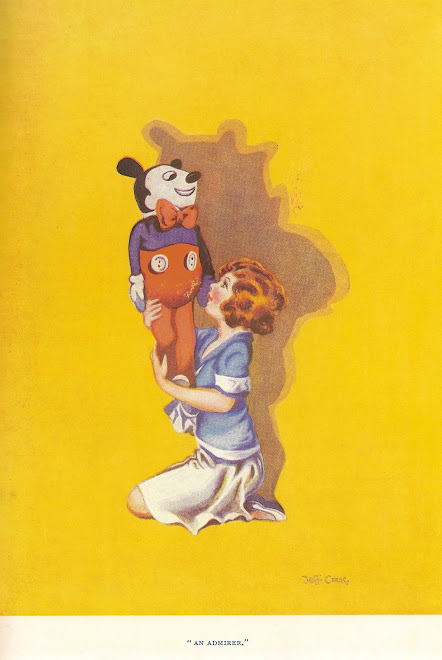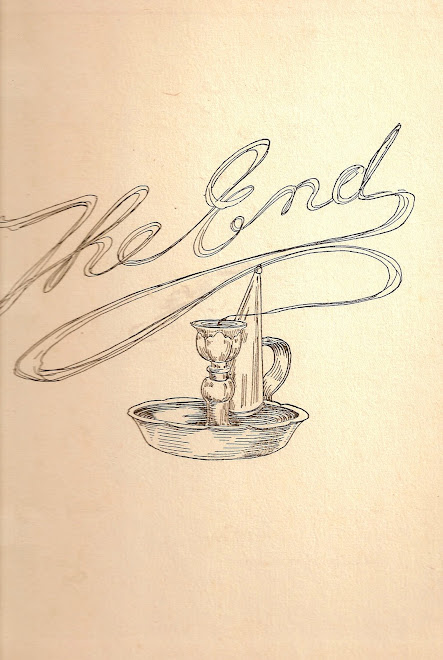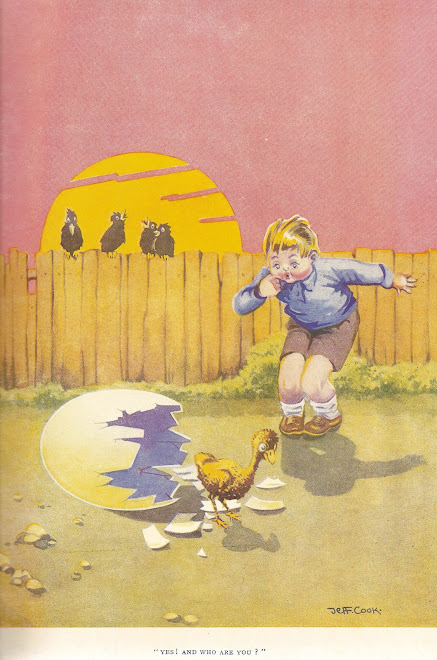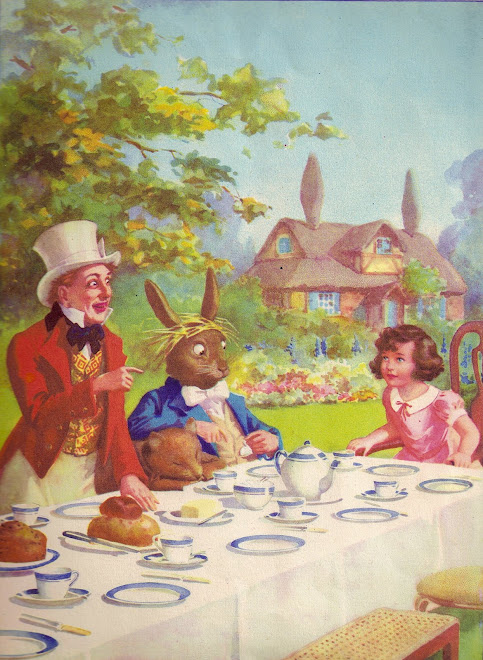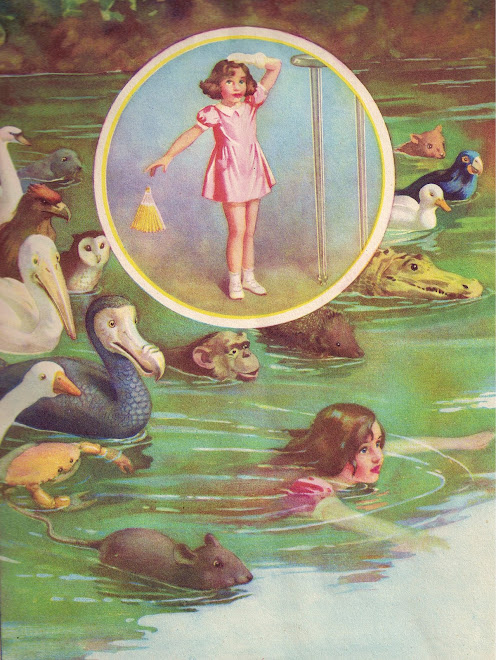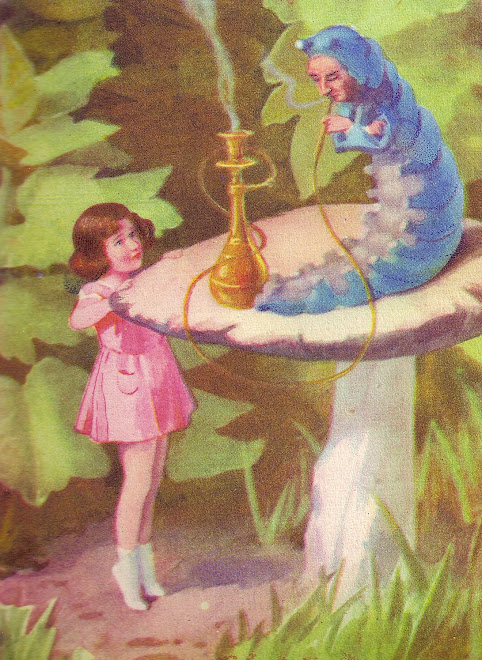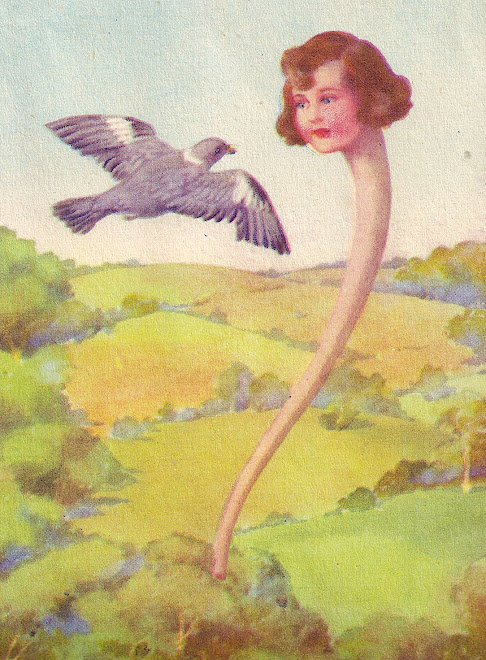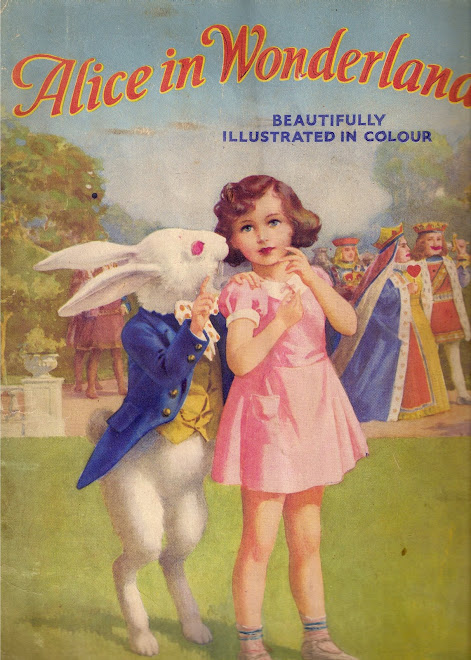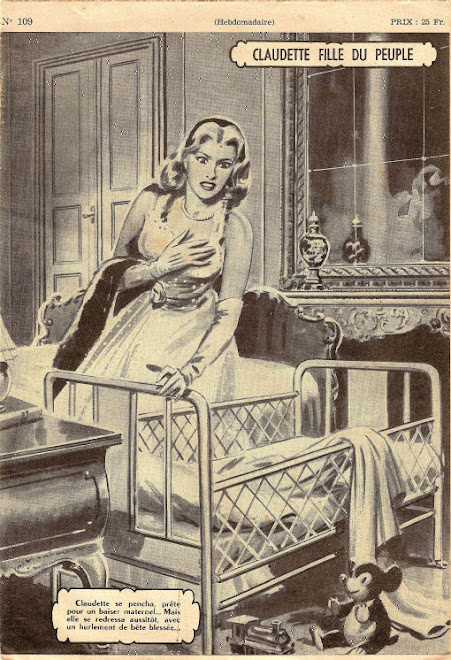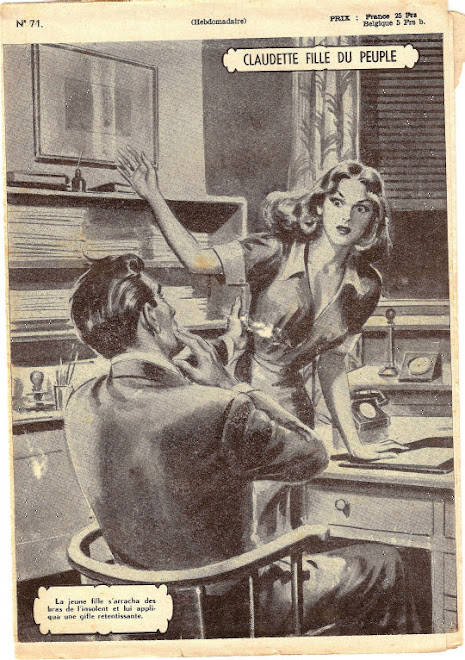My ‘Museum of the ordinary’ consists of various illustrations from books and magazines I have collected over the summer. I actively collect books, especially those which are design related, and I have always held an interest for illustrations, particularly ones from old books, magazines, or anything that’s has caught my eye. The examples shown originate from a number of different sources. The first set come from a set of magazines from 1953. I found the magazines whilst on holiday in France when I went to a ‘Vede Grenier’ (England equivalent of a antique fair/car boot sale!). I was attracted to them because of the illustration on the front cover of every issue. I was attracted to them also because they remind me of Roy Litchenstein’s works. The series is called ‘Claudette fill du people’ which translates in English to ‘Claudette, girl of the people’. The magazine is the equivalent of one of today’s soap operas, and it contains all the same story lines too, such as love, scandal, adultery and kidnap to name just a few. Although they are in written in French, the front cover illustration gives the reader the general idea of what happens in that issue, this is what I liked about them. Some of them are quite humorous, although probably not intended so. I bought over 50 of the magazines but I have chosen a handful of the ones I like best.The second set comes from some old newspaper pull-outs, which I also got from a Vede Grenier. I bought them off a woman who’s mother did a lot of sewing and dress-making (so I gathered in broken English’. The woman told me that the pull-outs were from the 1930’s, which is remarkable since they have been kept in such good condition. French people in general do not believe in our ‘throw away’ society, which proved all the more beneficial to me. They show beautiful fashion illustrations which are in full colour. I think they are a nice example of graphic illustration.The third set comes from an old children's book I found in a charity shop called ‘Punch and Judy and more stories’. This book too has some beautiful illustrations. I particularly find it interesting that some of the images lack political correctness, certainly in terms of today’s modern society. This shows the attitudes of the time. For example, The Punch and Judy story basically tells of a married couple who regularly beat each other up in a comical manner. Furthermore the book portrays black people in a certain way and names a character in one of the stories 'Johnny Golliwog'. Similarly, one image in the third set, which comes from an old ‘Alice in wonderland’ book, although quite funny, would not be politically correct in today's society. It shows the caterpillar smoking what appears to be a large pipe. This, I find very interesting and it just shows how attitudes change over time.
Monday 27 August 2007
Research: 'Found'
I have become very interested in the ‘found’ website and series of books. The whole concept of ‘found’ is fairly simple in that it relies on people form all over the world to donate their found items. I think this is a lovely concept which really gives you an insight into the lives of complete strangers. I read the found books which contained hundreds of found letter and notes, some were love letters, some were angry letters with endless profanities, and some were childish scribbles to father Christmas, but all were so personal, provoking a whole host of emotions in the reader. I have included a few of my favourite pages from the books ‘Found’ and ‘Found 2’. 






Research : 'Boring Postcards' by Martin Parr
 This is a lovely book and another example of someone’s slightly odd version of a ‘museum of the ordinary’. Martin Parrs book ‘Boring postcards’ does exactly what it says on tin. It is book full to the brim with ‘boring’ postcards. The term ‘boring’ shouldn’t be taken too seriously because in fact this is a very interesting book. Many of the postcards are beautiful and show nice examples of British architecture, not to mention the great feeling of nostalgia the book gives you. I have included a few of my favourite examples from the book.
This is a lovely book and another example of someone’s slightly odd version of a ‘museum of the ordinary’. Martin Parrs book ‘Boring postcards’ does exactly what it says on tin. It is book full to the brim with ‘boring’ postcards. The term ‘boring’ shouldn’t be taken too seriously because in fact this is a very interesting book. Many of the postcards are beautiful and show nice examples of British architecture, not to mention the great feeling of nostalgia the book gives you. I have included a few of my favourite examples from the book.Wednesday 8 August 2007
'Found' - Research
'Found' is a website which basically exhibits various items that have been found and submitted by people from all over the world. The artifact are generally letters, notes, photos or anything that has been written on something! Each find comes with its own explanation, most of which are quite funny. There are also a number of books that found magazine.com have published, so i bought 'Found The Best Lost, Tossed, and Forgotten Items from around the World' and i have included a few of my favourite 'finds'.
Mark Dion - Research
 During a sixth-form trip to London in 2000, i visited the Tate Modern where i saw an exhibition by Mark Dion called 'Tate Thames Dig'. The exhibition comprised of a large wooden cabinet containing hundreds of artifacts found in the Thames by a team of volunteers. This was a fantastic exhibition and is very relevant to the 'Museum of The Ordinary Brief'. The cabinet was in the style of display furniture you would expect to find in an old pharmacy (see pic). It has large windows, and draws that could be pulled out so you could see all the various artifacts, allowing the public to interact. I remember there being a large number of passports that were found, and i remember thinking that this seemed very sinister for some reason, that these peoples identity's had ended up at the bottom of a river. Dion refrained from labelling any of the artifacts so it was left to the viewer to decide on their opinions. This is also very much like the 'Found' website and books, which instead of concentrating on finds from just one area, they gather 'finds' from all over the world. Dion has also done many other similar works using the same idea of exhibiting found objects.
During a sixth-form trip to London in 2000, i visited the Tate Modern where i saw an exhibition by Mark Dion called 'Tate Thames Dig'. The exhibition comprised of a large wooden cabinet containing hundreds of artifacts found in the Thames by a team of volunteers. This was a fantastic exhibition and is very relevant to the 'Museum of The Ordinary Brief'. The cabinet was in the style of display furniture you would expect to find in an old pharmacy (see pic). It has large windows, and draws that could be pulled out so you could see all the various artifacts, allowing the public to interact. I remember there being a large number of passports that were found, and i remember thinking that this seemed very sinister for some reason, that these peoples identity's had ended up at the bottom of a river. Dion refrained from labelling any of the artifacts so it was left to the viewer to decide on their opinions. This is also very much like the 'Found' website and books, which instead of concentrating on finds from just one area, they gather 'finds' from all over the world. Dion has also done many other similar works using the same idea of exhibiting found objects.websites used
www.tate.org.uk
Subscribe to:
Posts (Atom)
























